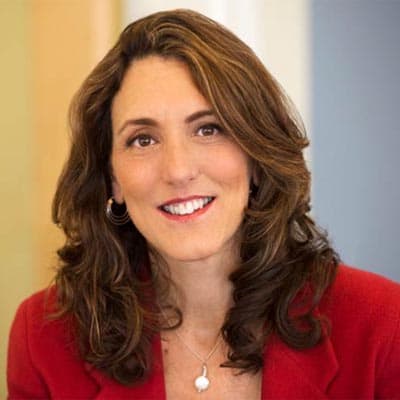Advertisement
Boston Unveils 'Melnea Cass/Mass Ave. 2.0' Plan

Whether it's been called "Methadone Mile," "Recovery Road" or "Mass and Cass," the Newmarket Square area of Boston near Boston Medical Center has been a issue for Mayor Marty Walsh since he took office. It's the place where the opioid epidemic and gentrification collide — with people nodding off, panhandling in intersections, or setting up tents outside some of the newly renovated housing units.
Now, Walsh says he has a new plan to deal with some of the problems. It's called "Melnea Cass/Mass Ave. 2.0."
The plan involves more people working in the neighborhood — more outreach workers, police officers, public works crews and teams cleaning up the thousands of syringes that now litter the streets each year. Roughly three additional police officers will be dedicated to the area to address crime, help people get into addiction treatment and strengthen what Marty Martinez, Boston's chief of health and human services, calls "the encampment approach" — handling homeless encampments in the area.
"This plan is really about decreasing criminal activity, getting more people on pathways to care who are on the streets, improving quality of life and strengthening coordination," Martinez said.
Boston Police Deputy Superintendent Michael Stratton said despite the controversial police raid in the neighborhood in August, called "Operation Clean Sweep," police have to act.
"There's a small percentage of people who mingle in that population and exploit people — commit crimes, robberies, sell drugs. So you have to address that problem," Stratton said. "So we were coming up with strategies to address that, and we did. But you have to make sure that you balance it out with outreach and intervention."
Under the plan, Stratton said, police will work with recovery coaches and others to get people into treatment or transition to more stable or permanent housing.
"We will work in teams and we'll have a clear picture of resources, so we'll be able to refer people to the services they need," Stratton said.
The plan also includes decentralizing services for those with addictions and homeless people from the Newmarket area into other city neighborhoods.
"We're lifting up the fact we want to decentralize services where possible," Martinez said. For example, he said, the city is now in talks to create more syringe-exchange programs outside of the neighborhood.
The plan also calls for a 24-person task force to review the city's efforts and use data to assess whether they're effective.
"Helping vulnerable folks get what they need on a pathway to care is still the most important piece we're working toward," Martinez said. "The mayor has charged us with that since the day he took office."
Martinez said much of the plan has been implemented, but there is now a formalized way to consolidate the efforts of various city departments and monitor which approaches produce the strongest results.
Aubri Esters, secretary of the Boston Users Union, a group that advocates for those actively using drugs, is concerned about the mayor’s proposal. She said it's too focused on law enforcement and crime reduction, and there aren't enough harm reduction measures, such as more syringe exchange programs. She’s also wary about the plan’s call for beautification efforts, like increased street lighting in the neighborhood.
“Enhanced beautification is generally code for gentrification,” Esters said. “Those words are a red flag, and those efforts have not helped people surviving poverty or the working poor.”
Desmond Murphy with the South End's Worcester Square Neighborhood Association said he’s excited about the plan because it will coordinate and monitor current efforts to clean up the neighborhood. He’s particularly pleased by the city’s plan to use data to assess what’s effective.
"By making the data public, the city will be able to show that, even if visually you may see a lot of people, the city is putting their efforts in to help,” Murphy said. “ I also like that the city has named the specific hot spots in the plan. Many residents felt that the city was ignoring certain areas or not admitting something was a problem.”
This article was originally published on October 04, 2019.
